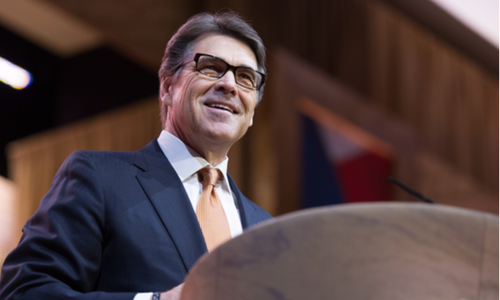Energy

Ken Makovsky
Monday, July 11, 2016The Council of Economic Advisers, an agency that provides the President advice on domestic and international economic policy, recently released a new report, “Incorporating Renewables into the Electric Grid: Expanding Opportunities for Smart Markets and Energy Storage”.
The report argues that a transition to an electric grid powered substantially by renewable energy will help reduce emissions and lessen future impacts from climate change. Thanks in large part to forward-looking policies and technological advancements, the cost of renewable energy has already dropped while the amount of generation has increased. Wind and solar generation accounted for 5.3 percent of total U.S. electricity generation in 2015, more than doubling from under 2 percent in 2009, and utility-scale solar has decreased in price 80 percent (and wind 60 percent) since 2009.
The report puts forth that continued integration of high levels of renewable energy—most notably solar and wind—will require a “reimagining of electricity grid management”.
Foremost among the advancements touted? Energy storage.
Solar and wind are “variable energy resources” (VER), and their outputs vary based on the weather. Our electricity grid is based on century-old technology rendering it inflexible and inefficient, especially when it comes to renewables. Grid operations and markets were not originally designed with energy storage in mind, so we literally have to consume the energy as soon as it’s created, leading to higher costs and mass inefficiencies.
Not only is this counterintuitive, but it’s also counterproductive and a complete waste of resources. Energy storage makes the grid smarter and dynamic, enabling the grid to integrate larger percentages of renewable energy more efficiently—and ultimately saving money for consumers.
Emerging technologies and approaches in smart markets and energy storage can help smooth our nation’s transition to a smarter and cleaner grid, which will only further increase the demand and open up important opportunities for promising technologies and approaches.
And it’s not just the federal government recognizing the value of, and investing in, energy storage and solar.
Elon Musk recently offered to purchase SolarCity, one of the biggest players in solar energy, for an all-stock deal worth $2.8 billion. Calling the deal “obvious” and a “no-brainer”, Musk wants Tesla to become a one-stop-shop for electric vehicles, solar panels and home batteries (i.e. energy storage).
Just think—consumers that purchase electric vehicles and install solar panels on their home or business could charge their cars whenever needed and sell any unused power back to the grid…or at the very least, store their excess energy for future use. Considering that futurists believe the future of transportation is electrified, automated and fleet-based, we’d say Musk is making a smart investment.
Energy storage and solar truly represent a transformative proposition, and it’s clear that when done correctly, these two harmonious commodities can modernize our nation’s electricity grid, help combat climate change and save consumers money.
It’s time for energy storage companies to elevate their messaging and leverage this opportunity to expand the industry’s overall market share. Solar and energy storage aren’t codependent, but it’s clear that what’s good for one industry can have a direct and positive impact on the other.











